“There is no hunting like the hunting of man, and those who have hunted armed men long enough and liked it, never care for anything else thereafter.” – Ernest Hemingway
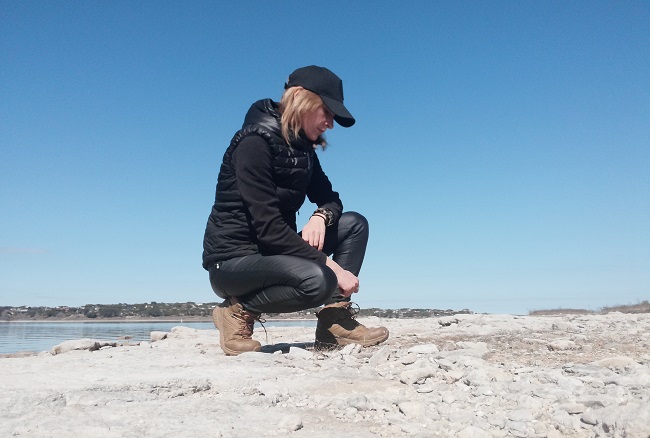
The ability to move through the woods without being detected is a lost art. Once upon a time, it may have meant whether you were bringing food home (hunting) or whether you might live to fight another day (evasion). If times change, however, will you have the skills to stay hidden while traveling on foot?
Speaking as a professional tracker, if your objective is to stay hidden and move undetected, I have some advice on how to make my job of finding you more difficult.
A Brief History of Tracking
Our ancestors discovered and consequentially developed the benefits of the art of evasion as their needs were mainly focused on finding food as well as protecting their communities. In such a way, they started tracking animals by following their trails from feeding areas. They also commenced to patrol the borders of their villages in an effort to forecast the attacks of enemies and predators. Once acquired, they passed this skill to their descendants, recognizing the high value of it.
While largely a skill of the past, it still exists in some parts of the world today. Within primal communities, the art of tracking is crucial to hunters. In secluded villages of all over the world like Dogon (West Africa), Himba (Namibia), Papuasi (New Guinea), or Ayoreo (Paraguay). Tracking became – and is still today – an essential part of everyday life.
As a skill, reading and following tracks has been successfully handed down during the centuries. It has shown noticeable military and reconnaissance applications. For example:
- During the American Indian Wars (1609-1924), a large number of Native Americans were employed as Scouts.
- in 1755, Robert Rogers founded the well-known Rogers’ Rangers, excellent frontiersmen and highly skilled trackers. They transcribed the first main guidelines on the application of tracking in tactical context.
- Later on, trappers opened the way to uncharted territories also thanks to their tracking skills, often developed through the strict connections they had with native population.
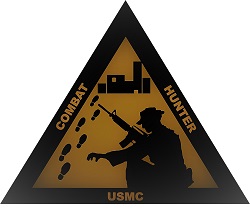
This art has been a trustful companion to many soldiers, from Vietnam War to Malaysia, Rhodesia, Borneo, and Cyprus.
After some decades of oblivion, the United States Marines decided to reintroduce a specific program based on Tracking in 2007 inside “Combat Hunter Program” at Camp Geiger, North Carolina. In fact, it happened to be extremely useful in detecting any disturbance of the soil due to the insertion of C-IED (Improvised Explosive Devices). Tracking officially came back in style.
Tracking, Detection, and Evasion
The ancient art of tracking is still a remarkable skill to have when it comes to detecting, reading, and following human, animal, or vehicle tracks. Not only can you track missing persons or find prey, it can also help you understand the basics of moving through an area (in the great outdoors as well as inside a metropolis) without being spotted.
The first step in learning how to reduce the signs of your passage is to keep in mind that when we move, we always leave evidence (macro, micro, or both) of our passage. This evidence can be the result of our footprints as well as something caused by any other part of our upper body (touching trees, disturbing moss, sitting on logs, etc.).
The Role of the Terrain
Your ability to successfully evade pursuers depends on the movement you are doing, by the thickness of the vegetation, not least of all by the gear you are carrying. Tracking and evasion must be examined through the whole scenario. I am speaking of global geographical features, like steep slopes, vegetation, natural obstacles, presence – or absence – of routes. Terrain can be our best ally as well as our worst enemy.
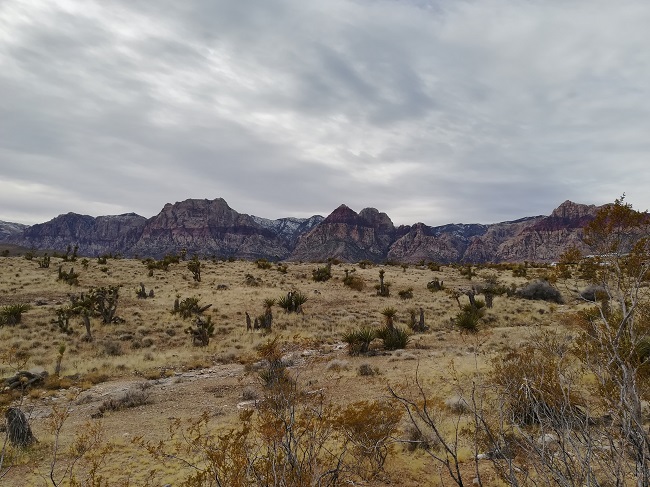
If you are acquainted with a certain wooded area because of the ordinary time you spend in the woods, practicing survival, becoming a bushcraft prepper, or any other kind of activity, you are more aware of how the terrain reacts to your movements during different seasons and with various weather conditions. Subsequently, you are more conscious of which sections of that specific area are more likely to offer minor evidence of your passage thanks to the massive presence of craggy or rocky terrain, which make any tracking job extremely difficult.
If you have already gained and developed the mindset of a tracker, you are more prone to consolidate a sort of mental database of how tracks appear in a determined area, keeping in mind to always consider the variability of weather conditions. Weather can quickly affect the “aging” of tracks until it makes them completely disappear.
General Evasion Strategies
If you need to move through the woods in pursuit of wild game, to bypass potential human threats, or some other reason, there are some basic steps you can take to stay hidden.
Planning your actions is surely the first step to consider since a meticulous preparation always makes the difference. The British S.A.S. saying “take risks early” represents a remarkable starting point.
Get a GPS and a Map and Compass
Getting a map of the area of your interest is the very first step. Relying on a good GPS is ideal as it eliminates noisy paper maps that can quickly give away your position either to animals or humans.
In case you can’t have a GPS available (or the signal appears to be poor, or you just want to save batteries), you can proceed by using a topographical map and a basic-yet-decent compass, always considering the traits of the terrain. Of course, you should have a paper map regardless as a fail-safe way to find your way when electronics inevitably fail. Just make sure you know how to use map and compass before you need it. (See Map Reading and Land Navigation.)
Travel the Correct Routes
Keep away from the main roads, open areas, and steep slopes. Make sure to choose a less-traveled path which may be safer and more secluded. You may think you are saving time by using slopes, which may be true, but the declivity of the terrain will surely show more evidence of your movements due to the release of a major percentage of kinetic energy and may cause physical injuries (rolling an ankle, for example).
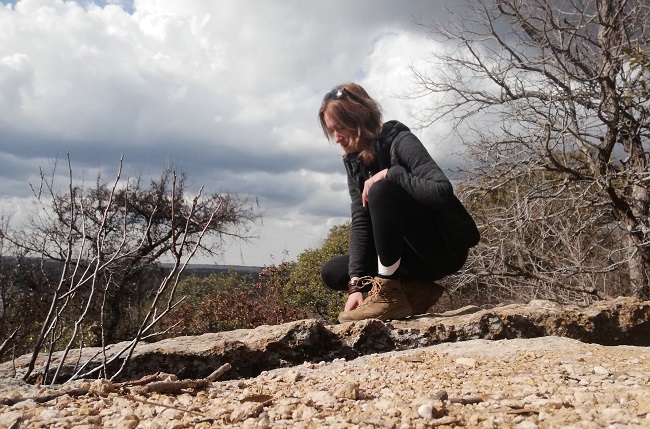
Staying low in the woods, implementing a stalking style of walk (which means to slightly bend on your knees, moving silently and smoothly throughout the vegetation, as recommended by the legendary tracker Tom Brown, author of Science and Art of Tracking) is unquestionably the better strategy to adopt.
Camouflage, Noise and Light Discipline
A proper camouflage is highly recommended if your purpose is to blend into the surrounding greenery and foliage. Choose camouflage that accurately reflects the surroundings and season you are in. Account for the types of local trees, plants, and bushes.
The importance of blending includes the need for a massive reduction of any kind of mechanical sound which does not exist in nature. Examples include the use of zippers. You can remedy this to some degree by having a can of all-purpose wax. Apply a light layer to all your gear and eliminate or replace any gear that produces a distinctive sound.
Forget the idea of bringing bulky gear with you. It will be immediately noticeable from far away. Carrying an ergonomic backpack will work far better, and it will be not only lighter to carry, but it will facilitate all your movements. This is particularly true when you will approach stalking techniques or if you want to set any outpost or observation point. Remember that sounds appear to be four times closer than the reality.
The use of flashlights must be massively reduced and regulated for obvious reasons. I would highly recommend you consider the possibility of employing a camping light, applying crepe paper to make it more blurry, or using a flashlight with red and filters.
“Moving quietly, yet quickly” will be your motto if you want to achieve the goal of moving like a ghost.
Leave No Trace – Tracking Evasion Strategies
A meticulous tracker gains experience throughout his/her “dirt time” (in tracking terminology, time spent tracking people or animals). In this way, they can consolidate a mental database of how tracks appear in certain context. They are also better able to account for the variability of weather conditions and their effect on the “aging” of tracks and how long they will remain visible.
Nonetheless, if you find yourself in an unfamiliar place and you want to move across it leaving minimal signs, you need to:
- scan the area in order to get as much information as possible,
- look for evidence of recent passage by other people and/or vehicles,
- index the terrain in order to understand how the soil reacts to your stepping on it, and
- carry only essential gear in order to be lighter and leave more shallow footprints.
Sticking to these simple rules will provide you with the essential cornerstones for reducing evidence of your passage in an area.
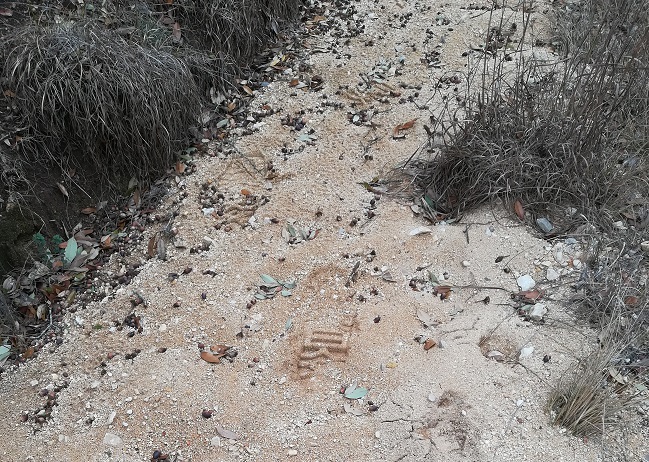
In case you find yourself in a brand new area, you necessarily commit yourself to a list of basic actions in order not to leave macro signs of your passage. This includes:
- not walking on any wet terrain that you can otherwise step over (by that, you will avoid to leave the regular design of your shoe sole pattern),
- walking on rocks and/or pebbles,
- not bending any plant or twig if you can simply move them out of the way,
- avoiding the breaking anything that you can easily flex, and
- not cutting wood, starting fires, or using strong perfumes (even toothpaste).
Other Creative Methods
In the attempt to reduce or even erase the track line you left, there are a lot of other creative ways you have probably noticed in good, old western movies. This includes brushing out or camouflaging the tracks, walking backwards, walking inside a river or stream, crossing a wadi (Arabic word which stands for dry river bed), wearing shoes with no shredded sole, wearing socks on shoes, or even wearing shoes which show hooves or claws! These, collectively, are called anti-tracking shoes.
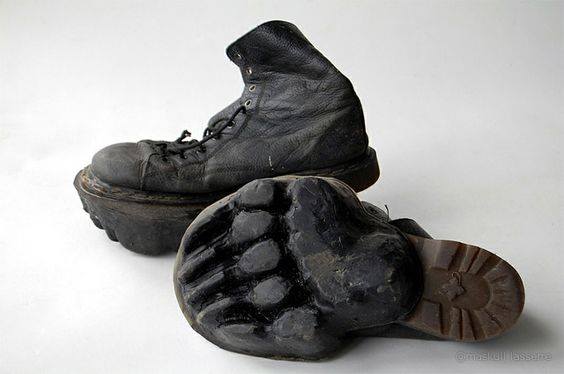
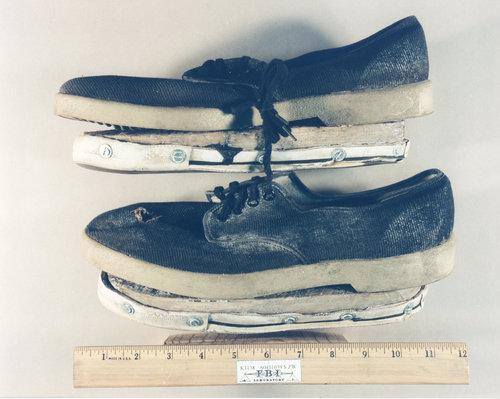
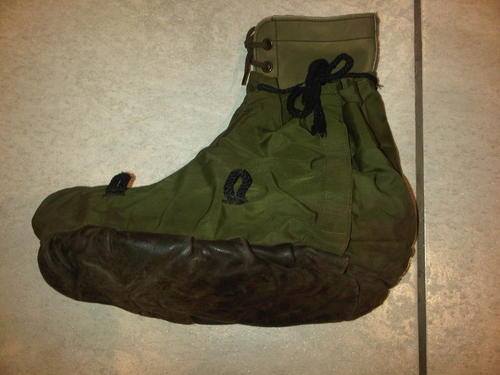
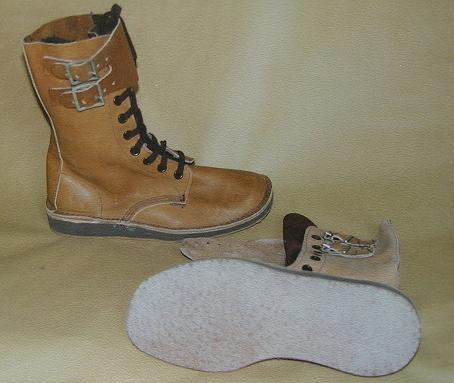
Some of these odd shoes can be find on sale online, but most of the time are the result of individual craftsmanship. Shoes with undefined pattern, instead, are easily found in military surplus stores. I am pretty sure you can find them with a little effort. An Italian brand called “Superga” fabricates tennis shoes with that kind of pattern. You will have no issue grabbing a pair on Amazon!
Stay Hidden Summary
Do all these techniques really work if you want to move through an area like a ghost? Sometimes they do, sometimes they don’t. It all depends on the terrain and thickness of the vegetation. At the end of the day, experienced trackers are pretty well-trained to spot and identity any deception technique applied, as they are an evidence of passage in themselves.
Before committing yourself to the goal of reducing all your tracks in any kind of terrain, you should become a proficient and smart tracker. Nothing works better for this than experience and some good dirt time.
My recommendation is to always use common sense and intuition. If you know how to track, you will be able to understand where exactly your tracks will be less evident.
Keep in mind that anti-trackers are, in fact, excellent trackers.
Have you tried tracking – or evading?

17 comments
There were a lot of mistakes…. odd sentences and words that did not belong as if corrections were not made before publishing. I don’t say this to be mean or anything, but it seemed odd because the rest was well written and made sense. Might be a website or software glitch.
I once talked to a tracker and he told me that most students, particularly law enforcement personnel, wanted to skip all the stuff that Tom brown discusses and those things that are rooted in an appreciation for nature or awareness. They just wanted to learn the mechanics and skills of tracking without exploring other aspects. And also like I have found with dog training, no matter how good a person might be, they will have an impossible time trying to find work except with other civilians. Scarcity of trainers or schools often mean travelling which means time and money must be found to attend.
It’s a shame because I love to learn new things and the more rare arts and skills don’t reach as many people or appear to be unavailable mostly because they simply do not know there are people willing and available to teach them. And in these uncertain times, we could all use more skills to survive.
Thanks, Frank. Can you give an example of the mistakes? Not seeing it on my end.
“Stay stick to these simple rules will provide you the essential cornerstones of the proper approach reducing evidences of your passage in an area.”
Thank you both. I think what happened here is two things. One, English is Kyt’s second, maybe third or fourth language (for real). Two, I didn’t seem to save/publish the final version of my edits, which were difficult on their own because I was trying to reword parts without losing her style in the process.
Without attempting to correct grammer…. I found it a good pieve of writing on an essential topic. Of course… I am just a good ole country boy…… What do I know??? 😀 oh yeah…. Believe it or not…
There used to be a show on cable?… Of this tracker… On horseback….. That was given the task of finding and intetvepting a human target on foot….. The tracker was amazing… I did notice that he caught mamy of them simply by listening gor them after he got close
GREAT SHOW…. LRARN A LOT NY WATCHING IT….
Thank you for your accurate reading! I am not a native speaker, as Derrick kindly underlined, so I appreciate every comment that can help me to improve my English. – KLW-
I am glad to help. I enjoyed your article and have always been interested in tracking. I can see you are very passionate about the art and I am sure you’re very good at it.
Frank in Orlando, Florida.
Thanks a lot again for your kind words! I really appreciated that.
My typos are grom aix og touchscreen vell phone and big fingers…. Sry… Lol
i dont know if this is true or not but supposedly the REAL Dracula once faked out trackers by put the horse shoes on his horses BACKWARD TOTALLY FAKING EM OUT
Dear Kevin, thanks a lot for your comment! That story of Dracula could be seriously TRUE!
I really enjoyed this. I am an amateur and self-taught tracker. A.K.A. a country boy who spent more of his youth in the woods than he did behind a game console.
I would like to add a vital point of which the author is surely aware. There are Tracks and there is Sign. For the sake of simplicity, I define Sign as anything other than a track that indicates someone has passed through. It could be scat, cigarette butts, dried spit on on a rock. There are so many things that can give you way. But the most common mistake made in counter tracking is brushing up against shrubs and plants.
Even slight contact with a leafy bush can knock off the morning dew drops or the pollen that has accumulated. The same can happen when someone grabs a low-hanging limb for support or balance. I’ve tracked people in such a manner.
The best way to practice is to take a walk in the woods on, say, Monday. Then return on a Tuesday to see if you can find your trail. It is more difficult than most imagine.
Tracking is a great, and useful, hobby that can be practiced virtually anywhere. I truly believe basic tracking can, and should, be self-taught. Just my opinion. Once you start to get the knack on your own, there are lots of great writers to consult for advanced lessons. Many of them are former game wardens, RCMP, etc.
Tom Brown? His tracking and survival techniques are solid, but no more so than many other trackers. It’s his specious spiritual hoo-doo-woo-hoo that turns me off. All of which was supposedly taught to him by an 83 year-old Apache Indian who walked all the way from Arizona to New Jersey just to find and teach little Tom. But if that is the stuff you are into, enjoy.
Please pardon a few grammar and syntax errors. Typed this on my phone while waiting at the pharmacy.
Thanks a lot Dukeyukon. You find me totally agree on all the topics you covered. I pay a great respect for Tom Brown but I am more oriented towards another approach to Tracking.
Keep Trackin’
Since I was a kid and before I even officially knew about tracking, I always treaded lightly and made sure to never leave a trace and always paid attention to the terrain around me. This was a very well laid out article.
Thanks a lot for your kind feedback Morgan, very appreciated!